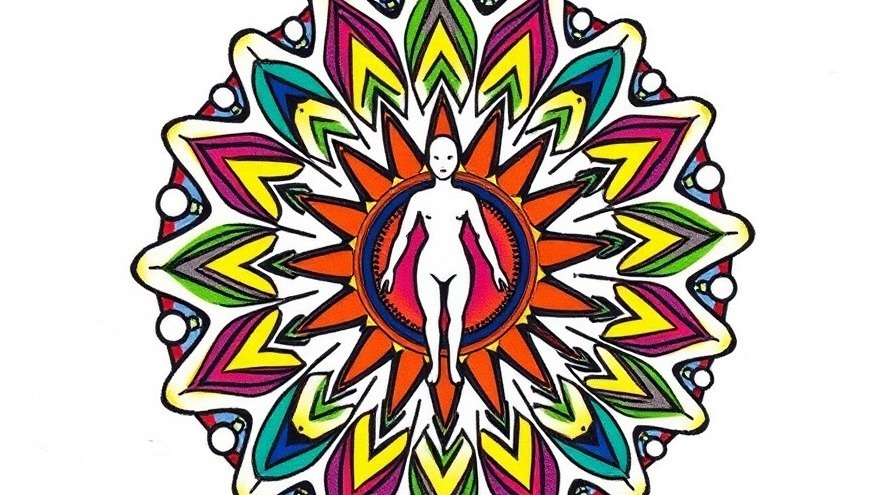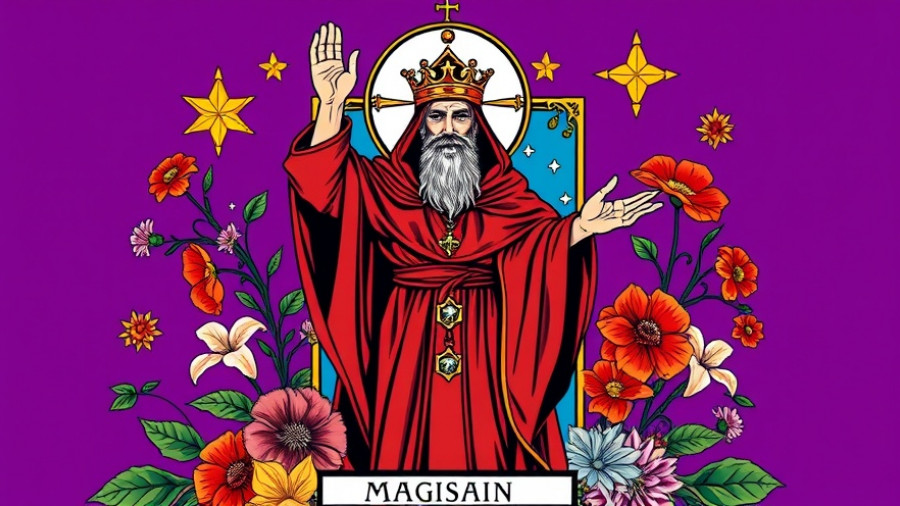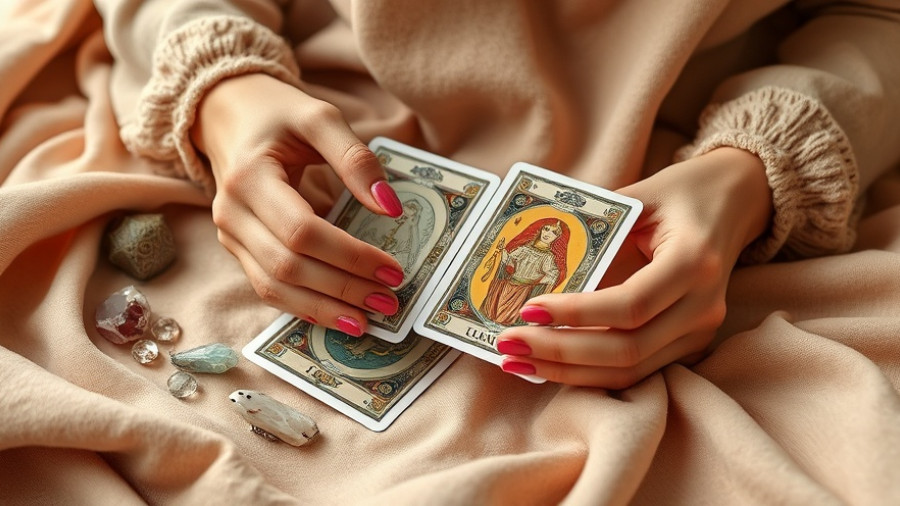
Understanding Human Design: Debunking Misconceptions
In our quest for self-awareness and understanding of our unique traits, Human Design emerges as a powerful tool. However, as with any system that attempts to define the complexities of human nature, misconceptions abound. For couples, families, and partners looking to deepen their interpersonal connections, it's essential to unpack these misunderstandings.
What Human Design Is Not
First and foremost, Human Design is not a dogma or a rigid rulebook. It is neither a moral code nor a simplistic recipe for success. Instead, it serves as a detailed map that highlights the uniqueness of each individual within a relationship. This framework emphasizes that what may work for one person could differ drastically for another. As described by Ra Uru Hu, the founder of Human Design, the system encourages us to ask ourselves: "Can I do this?" The empowering answer is, "It's your life; trust your Strategy and Authority and observe the outcomes.”
Myth Busting: Not Just Another Personality Typing Tool
Unlike common personality tests like Myers-Briggs or the Enneagram, Human Design transcends the realm of mere categorization. These traditional methods often rely heavily on the intellectual understanding of ourselves. In contrast, Human Design delves into the depths of our energetic makeup, examining factors such as cosmology, biology, and quantum physics. This holistic approach unveils not just our 'auric type' but an interconnected tapestry of energies that define our authentic selves, shaping our life purpose.
Why Understanding Human Design Matters for Relationships
For couples and families, integrating Human Design into your dynamic can lead to transformative insights. It offers a lens through which partners can appreciate each other's differences, fostering better communication and mitigating potential burnout caused by misunderstanding one another's energies. Recognizing each person's unique abilities allows partners to support each other in aligning with their authentic selves and flowing together more harmoniously. This understanding is invaluable, particularly in challenging moments when stress and exhaustion may cloud judgment.
Bridging Science and Spirituality: A Hidden Connection
The convergence of Human Design with disciplines like astrology, Kabbalah, and the I Ching amplifies its richness. For example, each type represents a specific energetic signature, informing how individuals can embody their life purpose. With a foundation in quantum physics, Human Design invites an exploration of how energy aligns at the subatomic level—an intersection where spirituality and science dialogue.
Enriching Your Life Through Awareness
By embracing Human Design, individuals can learn to dismantle societal constructs of success and instead cultivate a path that honors personal authenticity. Understanding Human Design equips couples and families with tools for better communication, enhancing emotional resilience, and creating a nurturing environment for personal growth. Regularly revisiting your design and the unique elements of those around you can foster a sense of belonging and purpose.
Actionable Insights: Implementing Human Design
Start your journey by first discovering your Human Design chart. Reflect on your energetic patterns and how they interact with your partner's or family's dynamics. Engage in discussions centered around each person's design and explore how to support each other in a way that honors unique truths. As these conversations unfold, you'll find a deeper mutual respect and understanding blossoming.
Final Thoughts: Empowering the Authentic Self
In a world filled with noise regarding success and societal expectations, Human Design invites you to step back and recognize your individual path. Embrace the unfamiliarity that Human Design presents, understanding that this personal map guides you not as a manual but as a companion on your journey toward alignment. By deeply understanding not only ourselves but also our loved ones, we pave the way for genuine connection, empathy, and shared growth.
 Add Row
Add Row  Add
Add 




Write A Comment